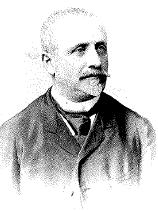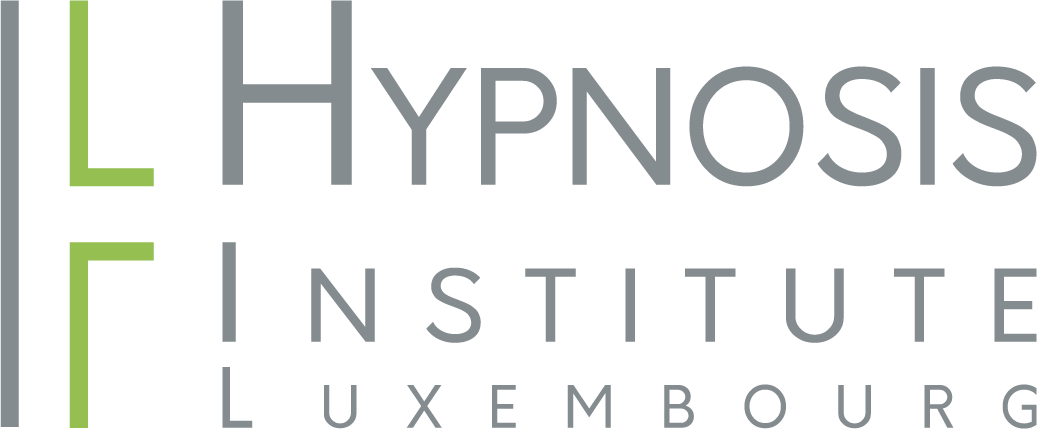Hippolyte Bernheim

Hippolyte Marie Bernheim (* April 17, 1840 in Mulhouse, Alsace; † February 2, 1919 in Paris) was a French internist, psychiatrist, neurologist and hypnosis researcher.
Bernheim studied at the University of Strasbourg, where he graduated as a doctor of medicine in 1867. In the same year, he became a lecturer at the university and established himself as a psychiatrist in the city. When Strasbourg fell to Germany after the Franco-Prussian War in 1871, Bernheim moved back to Nancy, where he became professor of internal medicine in 1879.
When the medical faculty introduced the subject of hypnosis around 1880, Bernheim was enthusiastic about it and soon became one of the leading researchers in this field. In 1882, Bernheim adopted the method of “suggestion” developed by the “medical magnetizer” Ambroise-Auguste Liébeault (1823-1904) at the Nancy School. Up to this point, hypnosis had mainly been used as a show effect. Bernheim contradicted the widespread theory at the time that only hysterics could be hypnotized. Rather, he was of the opinion that hypnosis was a normal, non-pathological phenomenon that occurred as a psychological reaction to suggestions and could not be influenced by magnets and metals, as was often assumed at the time. The theory of suggestion he formulated in 1884 replaced older hypnosis and somnambulism concepts of mesmerism and Reichenbach’s Od doctrine.
Liebault and Bernheim came up with the idea of using different hypnotic depths for different problems, as well as the use of repetitive suggestions.
In 1884 Bernheim defined suggestion as “the influence which, through a suggested idea, is accepted by the brain”, then in 1886 as “an idea conceived by the operator, accepted by the hypnotized and accepted by his brain”.
One of the first testimonies of therapeutically induced false memories goes back to Bernheim in the 1880s.
He suggested to his patient Marie that she had witnessed the rape of a young girl by an older boy. When the session was over, he told her:
“This is not a dream; this is not a vision I gave you during your hypnotic sleep; it is the truth itself; and when this crime is later investigated, you will tell the truth” (Bernheim, 1889, p. 165).
Three days later, one of Bernheim’s friends questioned Mary about this alleged event and she recalled it perfectly, including the names of the rapist and his victim, as well as the date, time and place.
Bernheim then tested Mary’s confidence in her testimony by asking her if it might be a “vision like the one he used to suggest to her in her sleep.”
(Bernheim, De la Suggestion et de son Application à la Thérapeutique, 1887, p. 12)
But she stubbornly stuck to the truth of the story. She even agreed to testify under oath in a trial.
Bernheim, in the course of his research on suggestion, emphasized the concept of the placebo effect, with placebo being one of the key figures alongside hypnosis. (De la suggestion et de ses applications thérapeutiques, Bernheim H., 1886).
In 1889, the Viennese doctor Sigmund Freud visited Bernheim and was informed about his experiments with so-called “posthypnotic suggestion”. Freud concluded from Bernheim’s experimental results that there must be an unconscious.
In 1903, Bernheim argued that hypnosis could not be distinguished from suggestibility.
He explains that “suggestion is born of ancient hypnosis just as chemistry was born of alchemy”.
He gradually abandons hypnosis, claiming that its effects can just as easily be expected in the waking state through suggestion, according to a method he calls psychotherapy.
In 1907, in Le docteur Liébeault et la doctrine de la suggestion, Bernheim proposes the concept of ideodynamism, according to which “any suggestion proposed tends to become an action”.
During his professorship at the medical faculty of Nancy (1910-1919), Bernheim held the view that the subconscious was the bridge between doctor and patient when the patient only imagined illnesses. Thus he reports in his Suggestive therapeutics among other things, he reports a case of paralysis of the tongue, which he cured completely by telling the patient about a new, completely safe healing device and then achieved immediate success when he put a clinical thermometer – which the patient did not recognize as such – in his mouth. In another case, he administered a few light electric shocks to the larynx of a patient who was no longer able to speak, in front of the assembled student body, which should have had no medical effect whatsoever – but the patient was unaware of this. She was also cured on the spot.
In 1909, Bernheim became president of the “International Association for Medical Psychology and Psychotherapy”.
